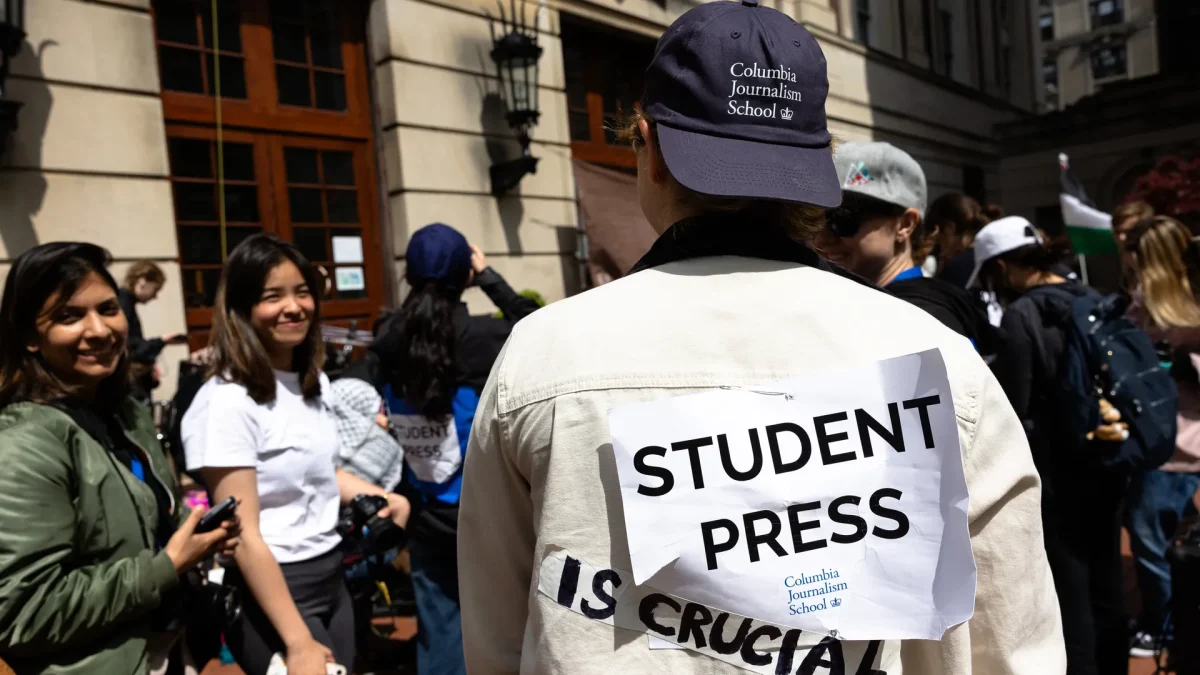Effects of redrawn attendance zones still seen at South
November 11, 2013
The 2013-14 school year marks four years since Minneapolis redrew attendance zones. This means all four classes at South have dealt with these changes and have experienced entrance into high school with similar obstacles.
In 2009, Changing School Options (CSO) was presented and approved for the final time by the MPS Board of Education. The recommendation stated the purpose as “a comprehensive plan to create the long-term financial sustainability essential for academic success.” At this point, Minneapolis Public School District faced a 28 million dollar budget deficit.
A huge drain of resources in the district was transportation. The district bussed more than 70% of it’s students back and forth around the district, equal to a trip around the world each day. “[The plan] was part of a larger push for neighborhood schools which I think was driven at least in part if not a large part by finances; bussing.” commented Social Studies teacher Robert Panning-Miller.
The proposal estimated savings of 8.2 million dollars annually. The plan (CSO) created 3 regional zones for school choice and transportation. Each zone has options of community elementary and high schools as well as at least 3 magnet programs. This strategy also demagnetized four schools and closed 7 buildings.
South is in Zone 2, along with Roosevelt High School. South does have two city-wide options; Open and All-Nations. These programs are open to all students in the district and different enrollment priorities apply. “I definitely thought that since I went to Marcy Open I would be able to get into the Open program at South.” stated Senior Isa Kibira who lives in Northeast Minneapolis. This path is the only way many out of zone students are able to attend South.
Along with rezoning came worries about less diverse schools because of Minneapolis’ ethnic neighborhoods. Minneapolis Public Schools (MPS) data shows a different result. Since 2009, South’s Hispanic student population has increased a dramatic 6.5%. In the same space of time, South’s white student population plummeted 7.9%. This indicates a decrease in the margins between the many ethnic communities at South.
On another hand, a larger portion of South’s students now live in the South attendance area. Last year, 52% of South students lived in the zone as opposed to a mere 41% in 2010. There has also been a decrease in draw from Roosevelt and Washburn’s zones, though South has steadily drawn 7% of attendance from Edison’s zone.
Current seniors were the first to deal with new zoning policies and witness the changes at South over the years as a result. Senior Amirah Ellison stated “South represents different people now than it did when I was a freshmen so the issues have changed, the culture has changed and I think that our ideals have changed and what we see as important has changed so what we’re going to talk about has changed.” Another senior, Anna Meier, echoed this same idea saying “we’ve become more specific with topics, such as the s.t.a.r.t. program focusing on racism and how that affects our school.” As South continues to diversify, the community takes this in stride.
Liberal Arts teacher Laura Lanik touched on this same note mentioning “South has always been diverse. With diversity sometimes people don’t get along so there’s always people who need to learn how to respect other groups, cultures, respect their religions and their way of life. And I think thats what is great about South, is that we can do that and within a classroom. People teach that and teach tolerance and they teach community.”
Additionally, as a result of this shift South’s Open and All Nations programs have had to more clearly define themselves in order to keep their status as magnet programs. “The district did make an investment in the open program as a magnet program… the open program had the opportunity to kind of reinvent itself and I would say to return and rebuild on some of the original principals of open progressive philosophy” said Panning -Miller.
Minneapolis Public Schools has been stirring up more controversy with its future plans. Recently, MPS proposed a new five year plan which takes into account a growth in enrollment, which was unanticipated during the creation of previous plans. This proposal could potentially affect 8,000 students by another shift in attendance zone boundaries. “It again creates an incredible amount of chaos, shifting people around… The bottom line is anytime students move from school to school for whatever number of reasons theres a statistical decrease in the odds of graduation and academic success. Kids who move from school to school tend to not do as well, they don’t connect with the school as well as they would otherwise,” stated Panning-Miller in regards to this latest proposal. An MPS press release stated “MPS will continue to conduct enrollment planning on an ongoing basis to best meet student needs and plan for academic programs that will accelerate student learning.”













